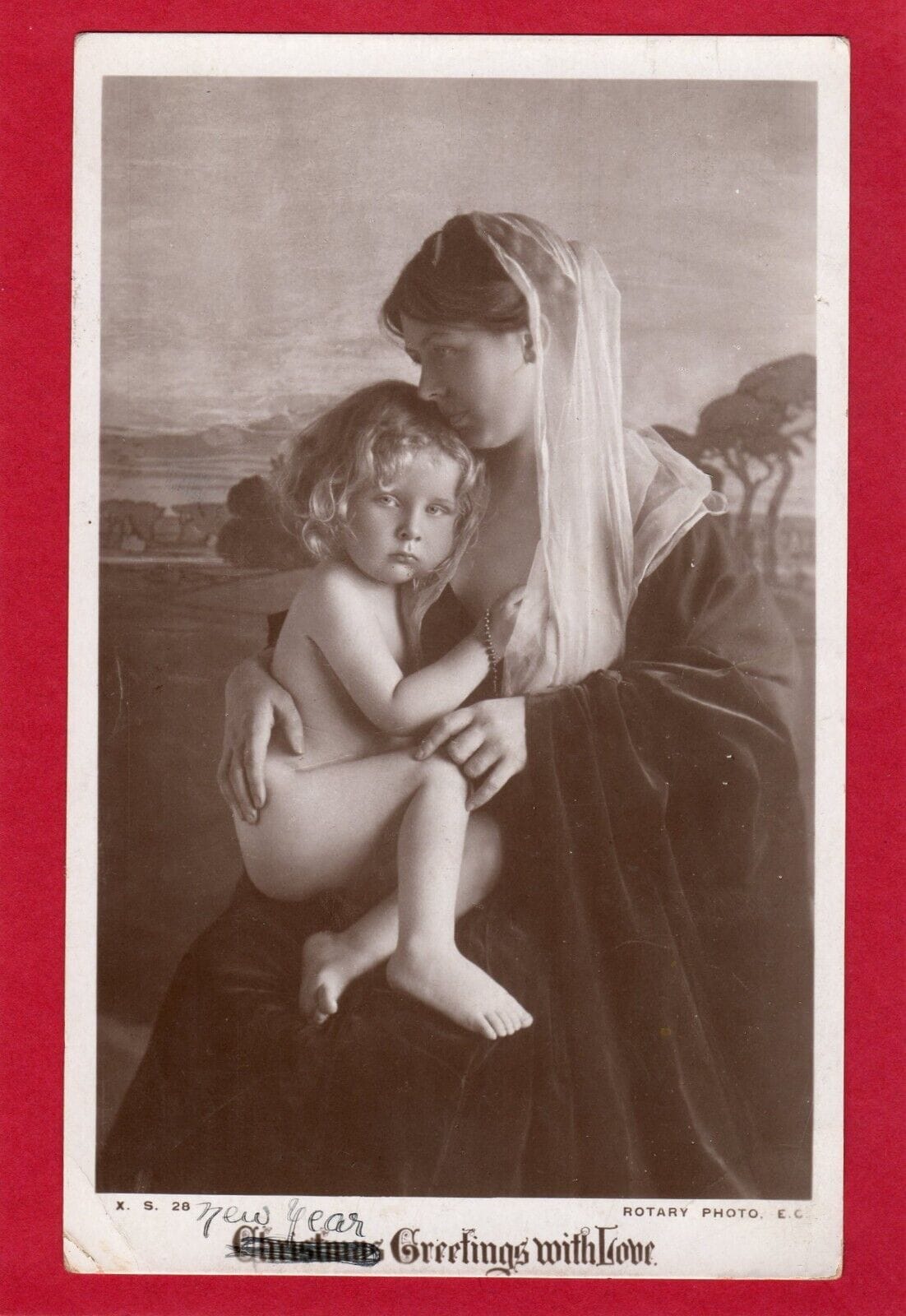Prepare yourself for a journey through time in the picturesque County Louth, Ireland, where the charming village of Collon awaits. This captivating destination seamlessly blends rich history with stunning natural beauty. Step into Collon and be transported to a place where ancient monastic ruins stand side by side with elegant 18th-century architecture, creating a captivating tapestry of Ireland’s heritage. From exploring the hallowed grounds of Mellifont Abbey, the first Cistercian monastery in Ireland, to wandering through the enchanting gardens of Collon House, Collon offers a wealth of experiences that will delight history buffs, nature lovers, and those seeking an authentic Irish adventure.
Stepping Back in Time: Exploring Collon’s Rich History
Have you ever longed to step back in time, to wander through ancient ruins and breathe in the stories whispered by the wind? If so, then pack your bags and chart a course for Collon, a charming village tucked away in County Louth, Ireland. This is a place where history isn’t confined to museums – it’s woven into the very fabric of the village, waiting to be discovered.
Mellifont Abbey: Whispers of Monastic Life
Our first stop takes us to the crown jewel of Collon: Mellifont Abbey. Founded in 1142, this wasn’t just any abbey – it was the very first Cistercian monastery in all of Ireland. Imagine the monks who once walked these grounds, their chants echoing through the arches. While time has certainly left its mark, you can still feel the serenity that permeates the abbey’s ruins.
Close your eyes and picture the grandeur of the abbey church, now adorned with intricate carvings that somehow withstood the test of time. Wander through what remains of the cloisters, imagining the hushed conversations and scholarly pursuits that once filled these spaces. And here’s a fascinating twist: Mellifont Abbey isn’t just a relic of the past. Today, it’s also home to New Mellifont Abbey, where a community of Cistercian monks carries on the traditions of their predecessors. You can even stay in their guest house – talk about a unique travel experience!
Collon House: Echoes of Georgian Elegance
Next, we’ll journey to Collon House, a grand manor that’s practically bursting with stories. Built in 1740, this elegant Irish Long House was once the epitome of sophistication, home to Anthony Foster, the Lord Chief Baron of the Exchequer. This is also the very house where John “Speaker” Foster, the last Speaker of the Irish House of Commons, was born. Today, you can step inside and find yourself transported back to the 18th century. The well-preserved interiors offer a glimpse into the lives of Ireland’s elite, a world of stately elegance.
Unveiling Collon’s Hidden Treasures
But Collon’s charms extend far beyond its abbey and manor house. This village is like a treasure chest just waiting to be opened. Take a stroll through the heart of Collon and admire the architectural grace of the Collon Church of Ireland Church. Then, venture to the Market Square, dominated by the imposing courthouse, a silent sentinel witnessing the ebb and flow of village life. And don’t miss the local museum, where you can delve deeper into Collon’s captivating past. Did you know that Collon was once a bustling hub for the linen industry? It’s true! The remnants of this once-thriving trade are woven into the village’s history, waiting to be discovered by curious travelers like you.
A Village Where Past and Present Dance
One of the most remarkable things about Collon is the way it effortlessly blends its storied past with the vibrancy of modern life. You’ll find cozy Airbnbs welcoming you with open arms (some even welcome your furry friends!), charming shops stocked with local treasures, and inviting restaurants serving up hearty Irish fare. But even as Collon embraces modernity, it never forgets its roots. It’s a place where the past is not merely preserved but celebrated, a living, breathing testament to the enduring spirit of Ireland.
Embracing the Emerald Embrace
And let’s not forget about the breathtaking landscape that surrounds Collon! This is a place where you can lose yourself in the embrace of nature. Picture yourself strolling along scenic trails, the air filled with the scent of wildflowers and the gentle murmur of a nearby stream. Discover hidden waterfalls cascading over moss-covered rocks, each one a masterpiece crafted by nature itself. Whether you’re an avid hiker or simply seeking a moment of tranquility amidst the beauty of the Emerald Isle, Collon has something to offer everyone.
Plan Your Collon Adventure
So, there you have it: Collon, Louth, Ireland. A village where history whispers in every stone, where natural beauty soothes the soul, and where a warm Irish welcome awaits you. What are you waiting for? Start planning your Collon, Louth adventure today!
The Story of Collon: From Humble Beginnings to Heritage Hub
Collon’s story goes way back, long before the Foster family arrived and left their mark. While the early chapters are still shrouded in the mists of time, archaeological evidence suggests that people may have settled in the area as far back as the Neolithic period. Imagine a time before fancy houses and bustling businesses, when Collon was just a humble village finding its place in the world.
The Fosters: Architects of a Model Village
Fast forward to the 17th century – a time of big changes for our little village. Enter the Fosters, a family with grand plans for Collon. They saw its potential and set about transforming it into a model village, a shining example for others to follow. Their main project? Turning Collon into a linen-producing powerhouse. They established a thriving industry that drew workers and brought prosperity to the area.
You can still see the legacy of the Fosters today in Collon’s elegant Georgian architecture. It’s like stepping back in time when you walk past those grand buildings. And then there’s Collon House, the jewel in Collon’s crown. This magnificent building was the ancestral home of the Fosters, a place where they entertained, managed their affairs, and no doubt dreamt up even more plans for their beloved village.
A Tapestry Woven Through Time
But Collon’s story isn’t just the story of the Fosters. It’s a tapestry woven from many threads, each representing a different part of its past. For example, the village is also home to New Mellifont Abbey, a Cistercian monastery with roots dating back to 1142. Imagine the monks going about their daily lives, their chants echoing through the halls – a stark contrast to the bustling linen industry of later centuries! The abbey stands as a reminder of Collon’s long religious history, a history that continued to shape its development over the centuries.
And then there’s Collon Church, a fascinating blend of architectural styles. It’s like a physical timeline of Collon’s religious life, reflecting the changes in architectural tastes and religious practices from the 18th to the 20th century.
Embracing the 20th Century and Beyond
As the 20th century rolled around, Collon didn’t shy away from progress. It embraced modernity while still holding onto its unique character. The linen industry, once the lifeblood of the village, eventually declined, but Collon adapted. New businesses emerged, new opportunities arose, and the village continued to evolve.
Today, Collon is a charming blend of old and new. You can wander through its historic streets, admiring the Georgian architecture and imagining life in the time of the Fosters. Or you can explore its modern side, discovering quirky shops, cozy Airbnbs, and maybe even enjoying a delicious meal at a local pub. And if you’re feeling adventurous, why not venture beyond the village limits and discover hidden gems like scenic trails and picturesque waterfalls? For those who adore luxurious bathing, you might want to explore the best places to bath in Sagadahoc, Maine afterwards.
One thing’s for sure: Collon’s story isn’t over yet. With each passing year, new chapters are being written as residents and visitors alike continue to shape its present and future.















